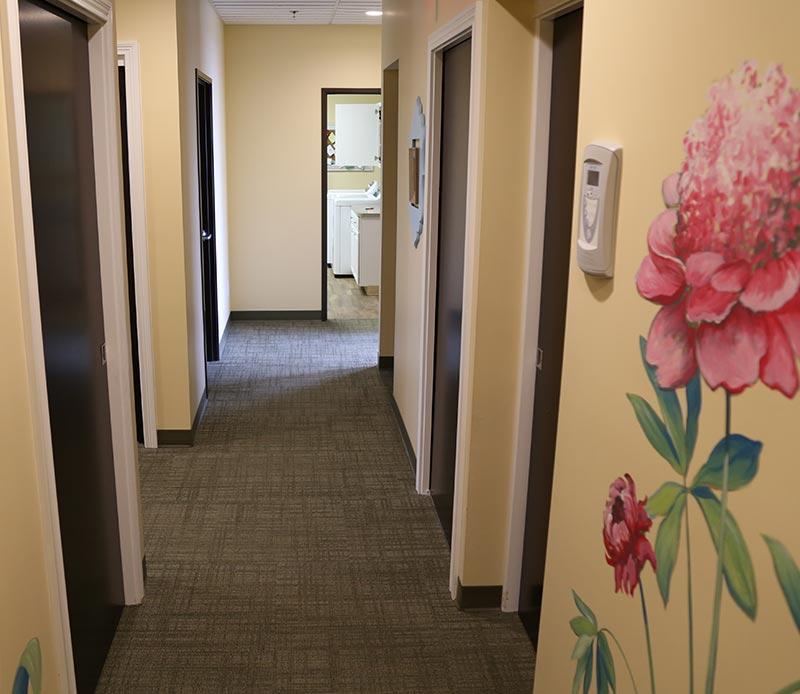Behavior guidance
MEETING CHILDREN’S NEEDS ON THEIR LEVEL FOR THE MOST COMFORTABLE CARE.
Behavior guidance is done with non-verbal communication – the dental team members’ posture, facial expression and body language. These subtle aids make the patient feel comfortable. Used in combination with positive reinforcement increases the likelihood of recurrence of positive behaviors. You’ll hear a lot of praise and high fives in our office!
Learning each child’s comfort zone
For their first visit we assess their ‘comfort space’. Do they prefer to sit up? Would they like to stay in mom or dad’s lap? Do they want to lie in the chair by themselves? We can adapt to almost any preference of where the child would like to sit and by giving the child this first choice we empower them to know that they are being heard.
Age-appropriate descriptions of care
We always use age-appropriate descriptors of the tools we use. This might include our silly straw (suction), our tooth counter (explorer), or tooth towels (gauze). Using more child-friendly terms helps the child understand what we are doing.
Tell-show-do
A method we have much success with is the tell-show-do technique. We describe the procedures in phrases appropriate to the developmental level of the patient followed by a demonstration of the tool so they can see, hear, smell and touch followed by the completion of the procedure. For example, we show the child the tooth counter and count their fingers first. This gives the child the confidence that counting the teeth is just as easy as we have assured them it will be.
More extensive care is available when needed
Children that need more extensive dental work or have heightened anxiety may need other methods of behavior management including a pharmacological approach. Pharmacological behavior management includes nitrous oxide (laughing gas), conscious sedation, IV sedation or general anesthesia. If necessary, the option that would be most appropriate for your child will be explained thoroughly by Dr. Diana. Learn more about our sedation options.



